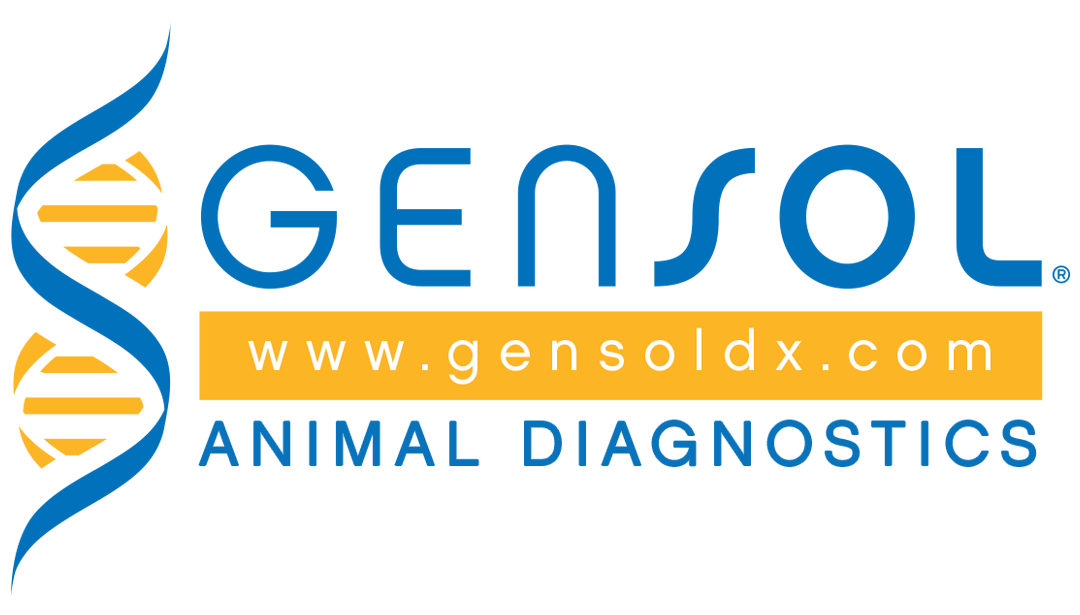Maxillary Canine Tooth Mesioversion (MCM)
“Lance” Canine Teeth
Maxillary Canine Tooth Mesioversion (MCM), more commonly known as “Lance” canine teeth, is an inherited condition that leads to a forward displaced upper adult canine tooth that comes into contact with the outer incisor tooth. This displaced lance canine tooth can then rub against the upper lip and may prevent the mouth from closing completely. There is an increased risk of periodontal disease, and costly treatment can include extraction, crown shortening, or orthodontic repositioning. Research to determine the underlying mutation responsible for the condition resulted in the discovery of two mutations in different genes associated with lance canine teeth. It was determined that the optimal testing method was to screen for the presence of the strongest associated mutation, which occurs in the FTSJ3 gene. It is interesting to note that these same two genes are also associated with body size which means dogs that carry two copies of the mutation will typically be smaller in size than carrier or unaffected dogs. In terms of risk for MCM, dogs that carry two copies of the mutation have a strong risk for disease progression with dogs that carry one copy of the mutation showing a weight-related risk such that lighter-weight dogs tend to have a higher risk of developing lance teeth. It is also important to note that up to 10% of dogs that test clear for this mutation can still go on to develop lance canine teeth due to other causes.
Reading Your Results
A. (CLEAR/NORMAL):
These dogs have two copies of the normal gene and will likely not develop Maxillary Canine Tooth Mesioversion nor pass this mutation to their offspring. It is important to note that up to 10% of dogs that test clear can still go on to develop lance canine teeth due to other causes.
B. (CARRIER/AFFECTED):
These dogs have one copy of the normal gene and one copy of the mutation associated with this disease. They will likely develop Maxillary Canine Tooth Mesioversion dependent on body weight and will, if bred, pass the mutation to 50% of its offspring, on average.
C. (AT RISK/AFFECTED):
These dogs have two copies of the mutation associated with Maxillary Canine Tooth Mesioversion which results in lance canine teeth.
Additional Details
Inheritances
Autosomal Dominant
Affected gene
FTSJ3
OFA Accepted
Yes
Chromosome
Ch. 9
Mutation
11775131 T > C
Publication:
Abrams S, Hawks A, Evans J, et.al.: Variants in FtsJ RNA 2′-O-Methyltransferase 3 and Growth Hormone 1 are associated with small body size and a dental anomaly in dogs. PNAS: 117, no. 40 24929-24935, 2020. [PubMed: 32958658]

